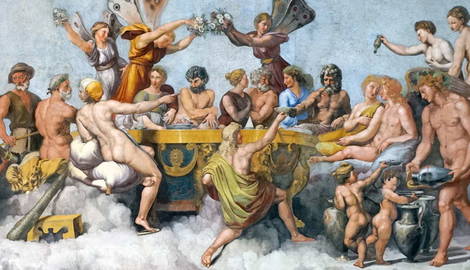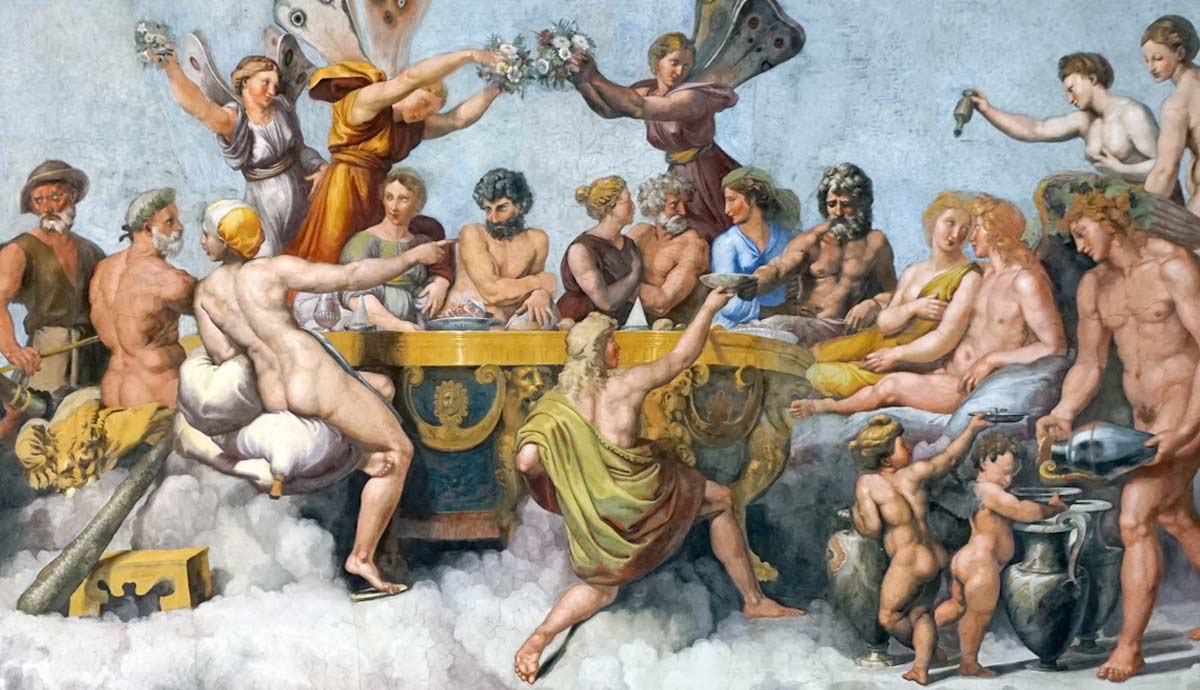
The Romans’ belief systems on emperors and gods were quite complicated and a deeper study into their practices reveals systems that evolved over many centuries. Certain practices were, for example, connected to prevailing administrations while others were connected to some local cultural practices. People in the eastern provinces, for example, were already used to idolizing their rulers. That said, the worshipping of rulers existed long before the Roman empire. Eastern cultures such as Egypt had pharaohs who were treated as gods, for example.
Cultural Influences That Led to the Worship of Emperors

Rome’s expansion into some of the regions caused it to adopt some of the existing customs. The Roman imperial cult, for example, associated rulers and certain members of their households with divine authority. The practice drew upon Greek and Roman traditions and was established during the rule of early emperor Augustus. It was gradually implemented across the Empire and its provinces. Augustus’s reforms changed Rome’s Republican order of governance into a Principate system. Through the system, the emperor was expected to balance the interests of the Roman people, the army, administrators, and uphold peace while furthering progress.

That said, the Romans had their own unique ways of honoring important leaders. They, for example, considered Romulus, the mythical founder of Rome, a kind of hero who was to some, divine. A belief in a special spirit or genius within people was also common. As such, great men were thought to possess a large amount of this spiritual power. Honoring ancestors was another custom that also propagated the idea of divine rulers.

The practice enabled notable men like Roman general Julius Caesar to be made a god by the Senate following his assassination. Augustus was his heir and he developed the practice for his own gain. While he did not allow people to worship him directly as a living god in Rome, he did commission the building of temples for Roma and Augustus in other parts of the empire. Augustus also promoted the cult of his own genius which people honored in special shrines. With time, the imperial cult grew into an important part of Roman religious life. Practices like the cult helped to unify the diverse provinces under a single Roman entity.
How the Romans Treated Living vs Dead Emperors
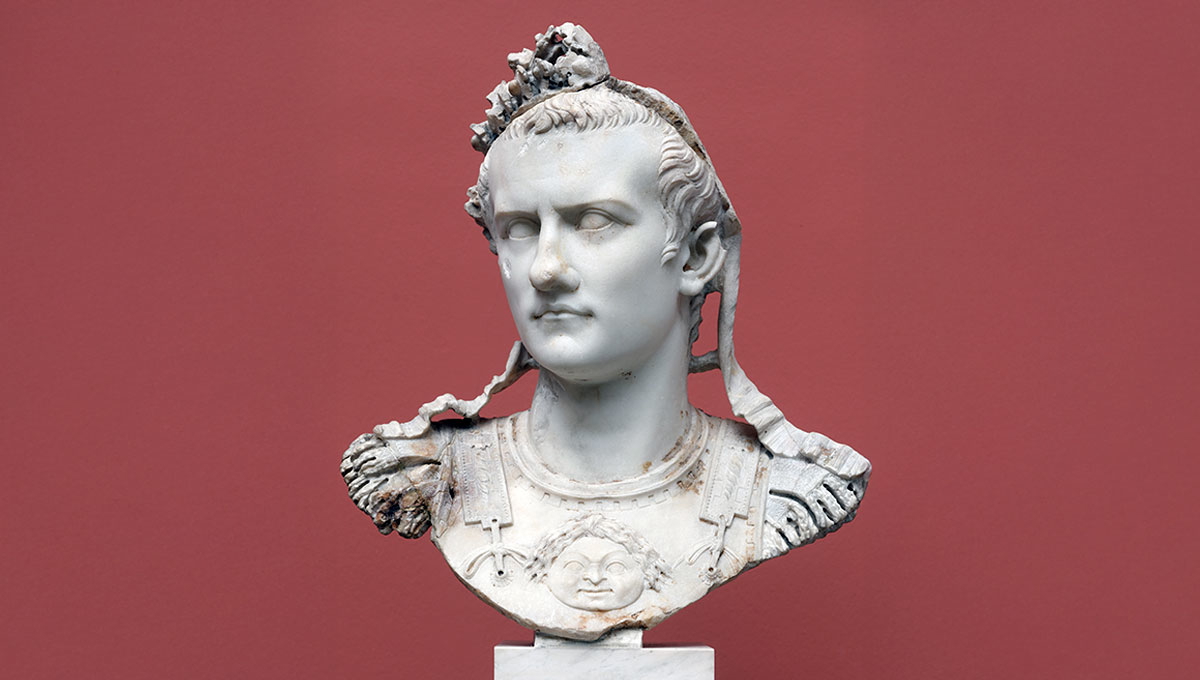
Interestingly, the Romans treated living emperors very differently from emperors who had already died. Leaders usually became gods only after their death and through a process called apotheosis. The process required a special decree from the senate. The public funeral included symbolic acts such as releasing an eagle from the fire. Successors could then claim a connection to a line of idolized leaders. Unpopular emperors could be denied the great honor by the Senate. This meant that an emperor’s divinity was not guaranteed.
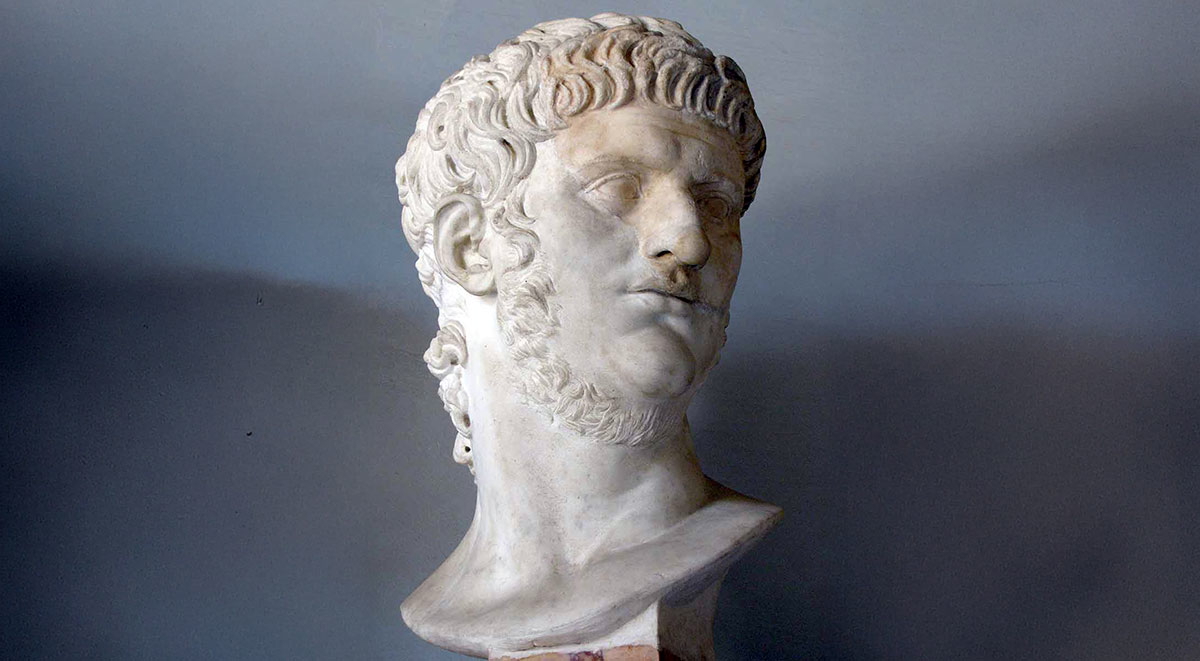
Of course, there were some exceptions as some Emperors such as Caligula and Nero wanted to be idolized during their lifetimes. The Roman elite usually disapproved and the demands typically led to their eventual downfall. That said, different social classes had varied beliefs about an emperor’s divinity. The elite classes often viewed the imperial ceremonies as political theater. People in the far provinces, on the other hand, sometimes embraced the imperial cult with more genuineness as the emperor was associated with order and stability.
Roman religion put strong emphasis on rituals rather than on personal belief. What a citizen did for the gods was more important than their inner thoughts. Idolizing a ruler was also considered an act of loyalty to the state.
When the Practice of Idolizing Emperors Declined
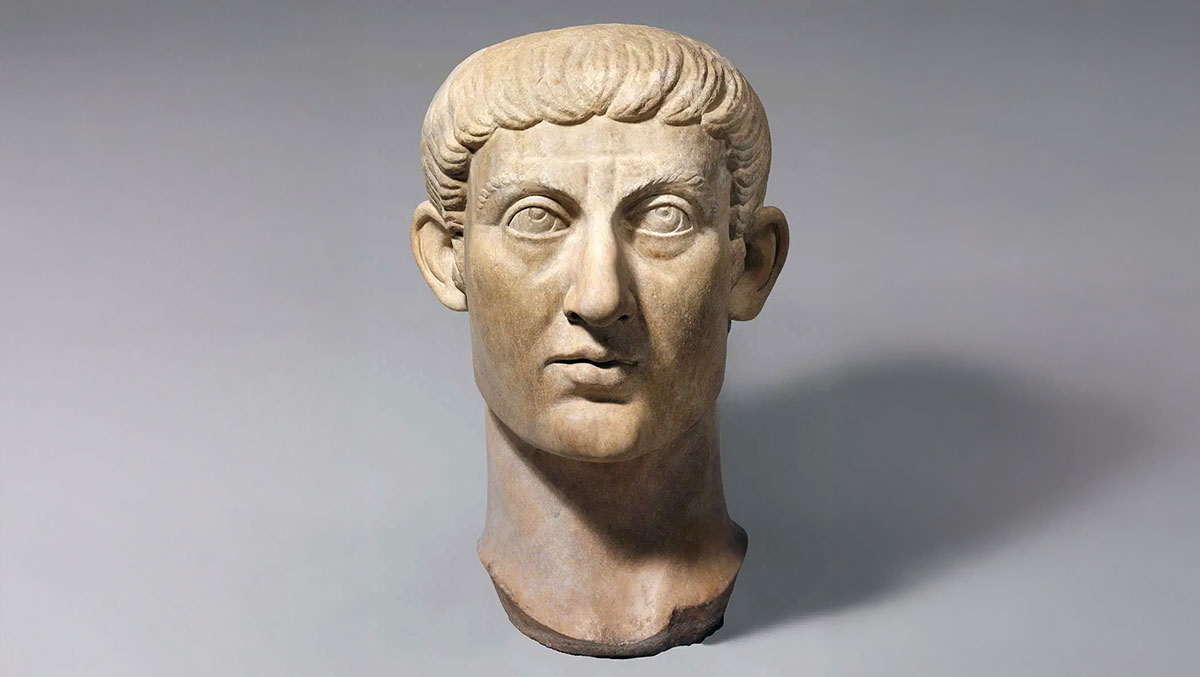
The practice of placing emperors onto a pedestal declined when Christianity began to rise. The turning point came when Constantine I gave his support to Christianity. Christianity soon became the official state religion under Theodosius I. It is then that the authorities abolished the pagan gods and did away with the imperial cult. This was a major change from prior Roman policy in which the Romans were more accepting of different religious practices and the only condition was that the practices did not threaten the state. The decrees were a key step towards dismantling the Roman pagan religions.
Nicene Christianity became the state religion in 380 CE when Theodosius made Nicene Christianity the official state religion. The change was codified in the Edict of Thessalonica. The proclamation made other Christian sects largely subordinate. They included Arianism and all forms of paganism. The action cemented Christianity’s place as the only approved religion. Ultimately, Roman practices honored emperors with a kind of divine status but the belief systems were complex. Reverence for living rulers emerged due to a mix of politics and cultural influences.
